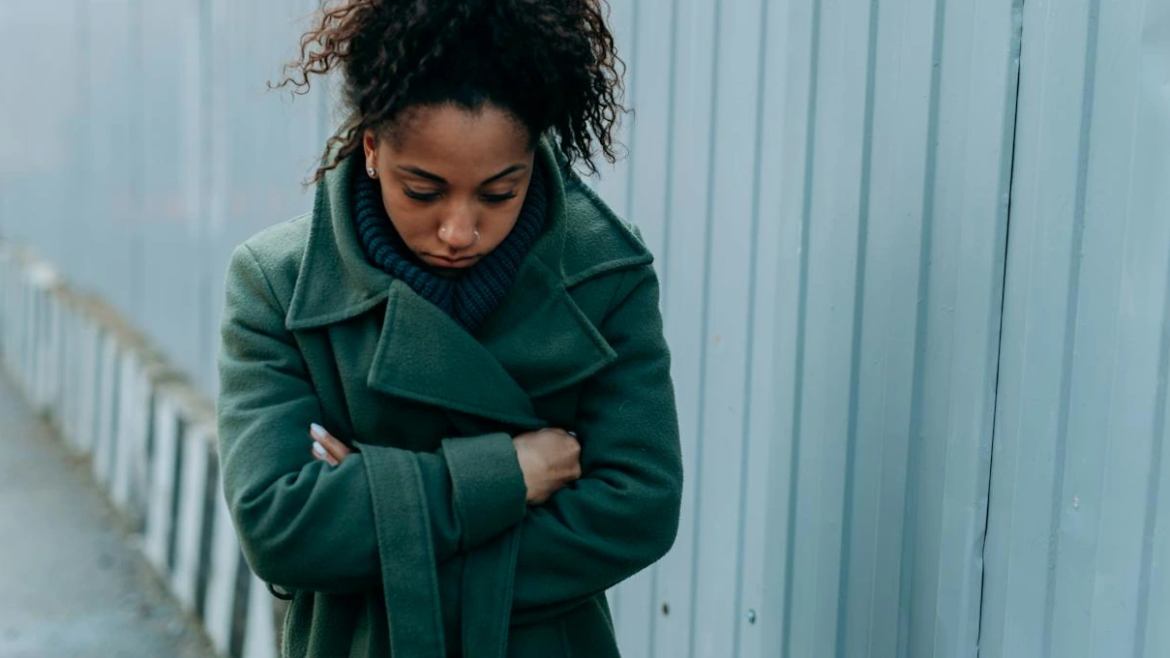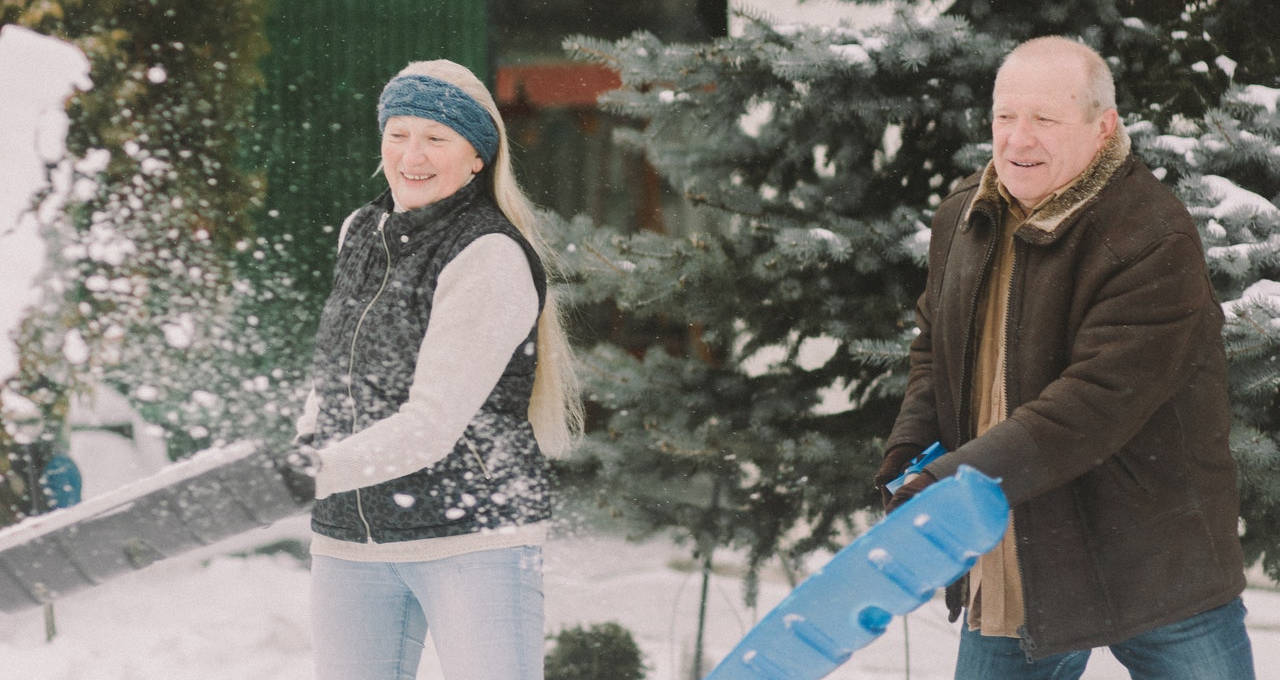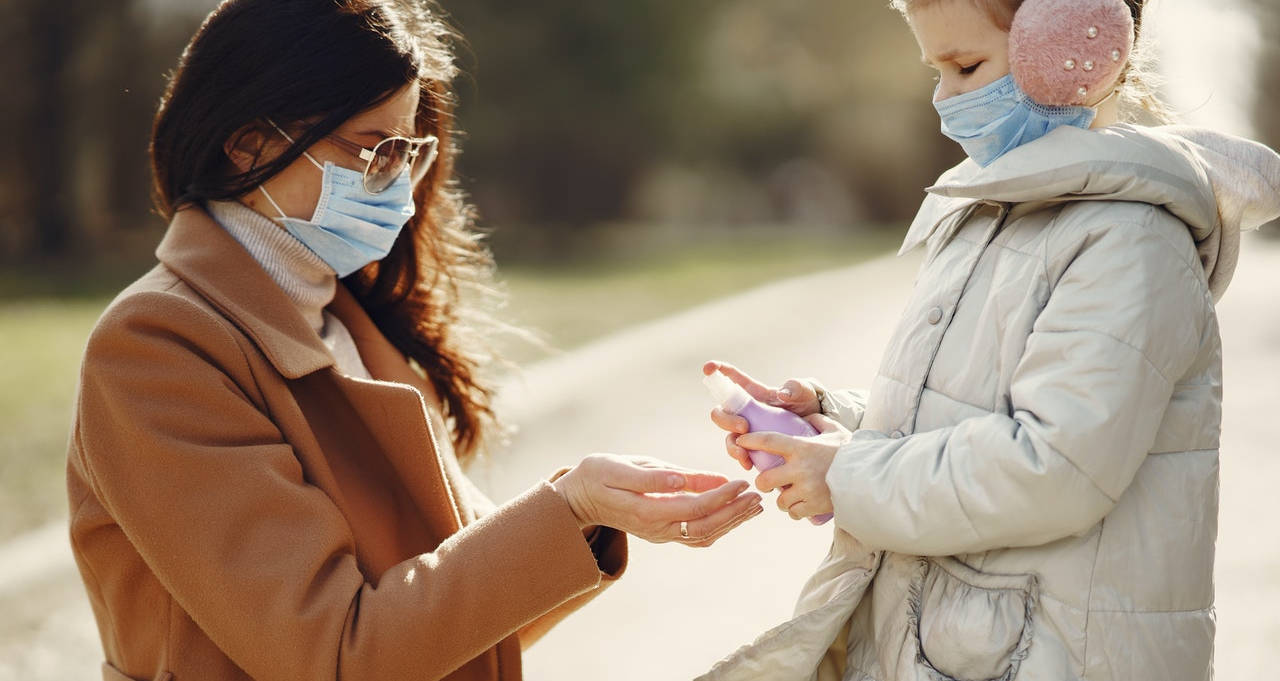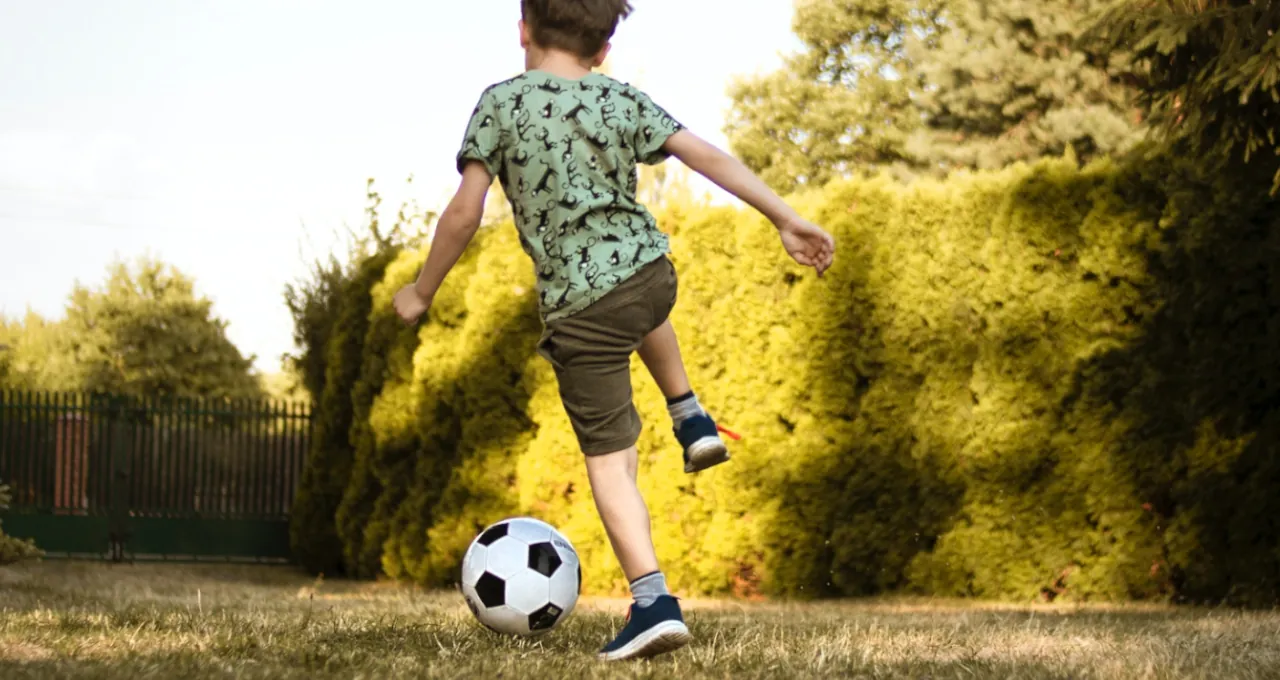SAD: Why We Get Sad in Colder Months and What Can Be Done
While the seasonal transitions bring a spectrum of experiences, from the invigorating freshness of spring to the cozy hibernation of winter, they can also cast shadows on mental health. Seasonal Affective Disorder (SAD), a type of depression tied to specific times of the year, notably manifests during fall and winter when daylight dwindles. There is not a clear cause of SAD but a reduction in sunlight and the decrease in daylight duration of the fall and winter seasons are believed to contribute to a chemical alteration in the brain, potentially playing a role in the disorder. Furthermore, there is a suggested association between SAD and melatonin, a hormone involved in sleep regulation.
Symptoms of SAD
These symptoms of SAD include persistent feelings of sadness, hopelessness, and a diminished interest in once-enjoyable activities. SAD can also manifest as low energy, fatigue, disruptions in sleep patterns, significant changes in appetite and weight, difficulty concentrating, social withdrawal, heightened irritability, and physical symptoms like headaches or body aches. Additionally, individuals may experience hypersensitivity to rejection, difficulty waking up in the morning, and a sensation of heaviness in the limbs. As a specific subtype of depression, SAD symptoms tend to recur annually. Seeking professional advice is crucial if one or someone they know exhibits these symptoms, as a healthcare professional can provide a proper diagnosis and tailor a treatment plan.
While it’s important to consult with a healthcare professional for personalized advice, here are some general strategies that may help combat SAD:
Light Therapy:
Use a light therapy box, which mimics natural sunlight and can help regulate your body’s internal clock.
Get Sunlight Exposure:
Spend time outdoors during daylight hours—go for a brisk stroll, jog or enjoy an open-air farmer’s market. Open curtains and blinds to let natural light into your home or workspace.

Regular Exercise:
Engage in regular physical activity. Exercise has been shown to improve mood and reduce symptoms of depression.
Healthy Lifestyle:
Maintain a balanced diet rich in fruits, vegetables, and whole grains. Ensure you’re getting enough vitamins and minerals, particularly vitamin D.
Social Connections:
Stay connected with friends and family. Socializing can help alleviate feelings of isolation and loneliness.
Mindfulness and Relaxation Techniques:
Practice mindfulness meditation, deep breathing, or yoga to reduce stress and improve mood.
Counseling or Therapy:
Consider talking to a mental health professional for support and coping strategies.
Maintain a Consistent Sleep Schedule:
Ensure you get enough sleep and try to maintain a regular sleep pattern.
Create a Comfortable Environment:
Make your living and working spaces comfortable and inviting to promote a positive mood.
Hobbies and Activities:
Engage in activities you enjoy to help boost your mood and provide a sense of accomplishment.
Plan for the Season:
Anticipate the onset of SAD and plan activities or events to look forward to during the colder months.
Use Aromatherapy:
Certain scents, such as citrus or lavender, may have mood-boosting effects.
Seek Professional Help:
If symptoms persist or worsen, consult with a mental health professional for a more comprehensive assessment and treatment plan.
It’s essential to tailor these strategies to your individual needs and seek professional advice for a personalized approach to managing SAD.
Sources:
Hopkinsmedicine.org
Samhsa.gov
Mayoclinic.org
Medium.com
Openai.com







